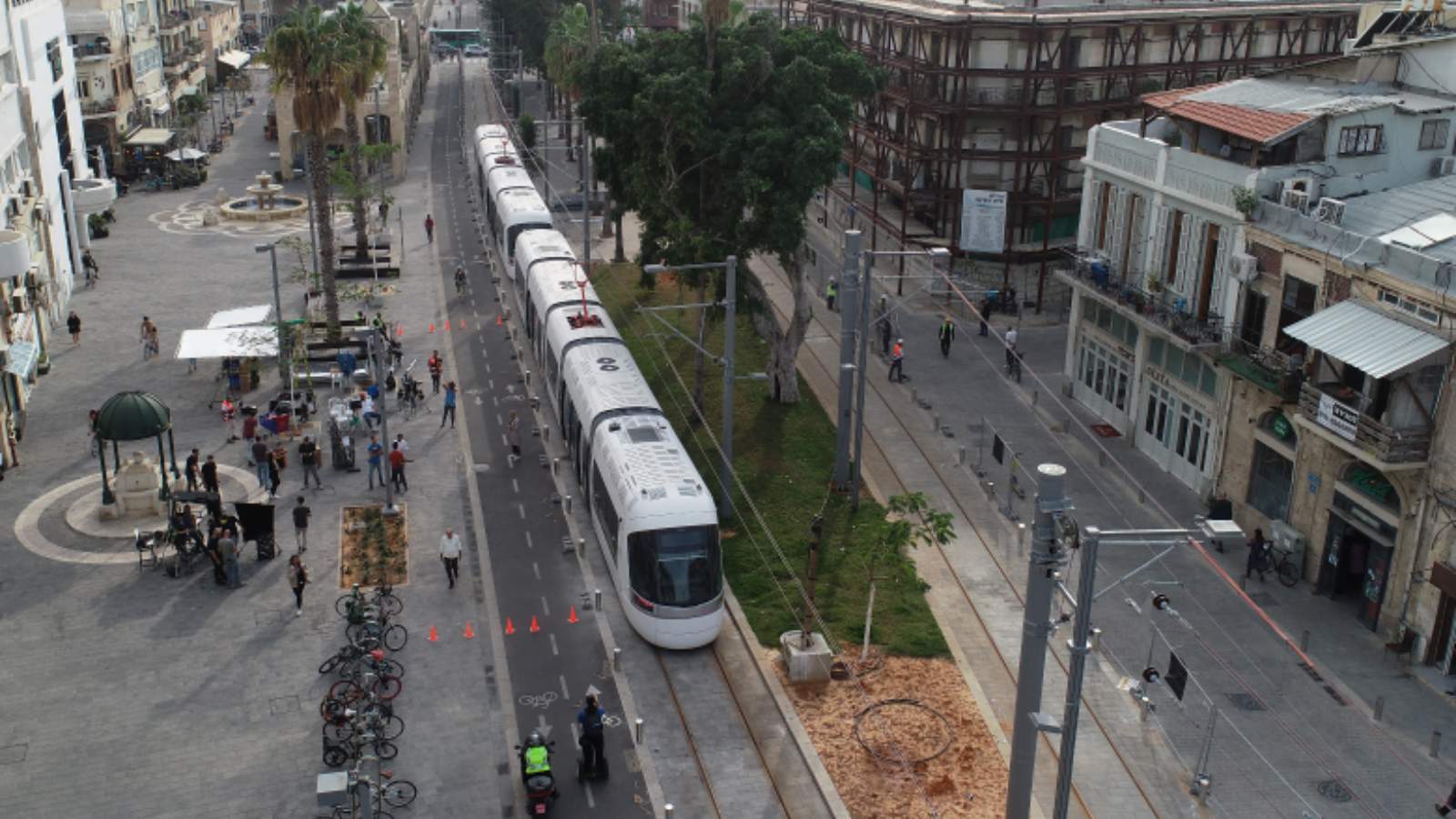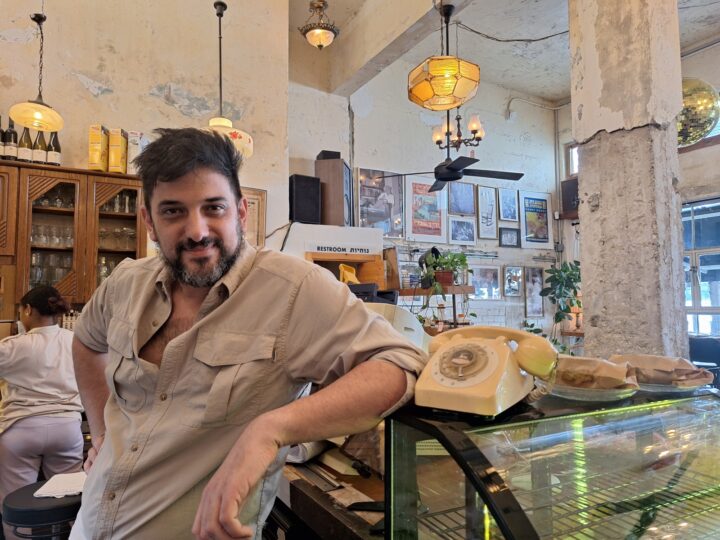The Red Line of Tel Aviv’s long-awaited Dankal Light Rail took its maiden voyage on August 17 and opened to the public the following day at 5:40am.
Digging for the public transportation project began in 2011 and it was supposed to begin operating by the end of 2022. The Red Line has been plagued by multiple delays for a variety of reasons, the most recent being a malfunction of the braking system discovered in the testing phase.
The kickoff was not smooth either, beset by protests over the fact that the Red Line will not operate on Shabbat and Jewish holidays. Opponents to this policy include Tel Aviv Mayor Ron Huldai, who boycotted the opening event although he did take a ride with other dignitaries on the first trip.
Touted as part of Israel’s biggest public transportation project ever, the Dankal Light Rail is planned eventually to include three lines — red, green and purple – running through 14 Tel Aviv metropolitan area cities with 139 stations.
According to NTA Metropolitan Mass Transit System, the government company overseeing the project, the Green Line will run from Holon and Rishon LeZion in the south, through Tel Aviv, and up to Herzliya in the north. The Purple Line will start in the eastern suburbs of Ramat Gan and Givatayim before arriving in the heart of Tel Aviv.
Here’s what you need to know about the Red Line:
- The Red Line encompasses a 34-stop, 15-mile route between the southern Tel Aviv suburb of Bat Yam (nine stations) and the northeast Tel Aviv suburb of Petah Tikva (eight stations). In between, there are three stations in Bnei Brak, two stations in Ramat Gan and 12 stations in Tel Aviv-Jaffa. Ten of the stations are underground.
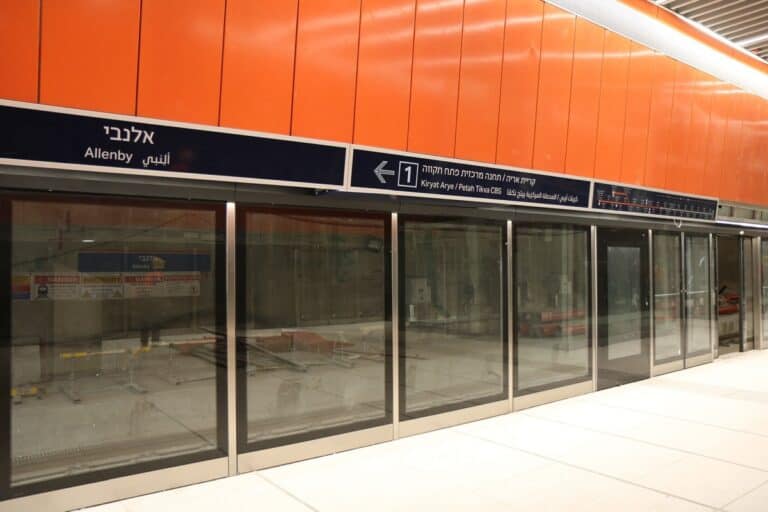
- Trains will arrive every six minutes and are expected to carry 234,000 passengers daily.
- Entering and exiting stations is via a Rav Kav card or payment app. Ticketing machines at each station, which are vision- and hearing-impaired accessible, allow passengers to purchase and load Rav Kav cards with a credit card, validate multiple passengers, and validate and select destinations. Some of the machines accept cash.
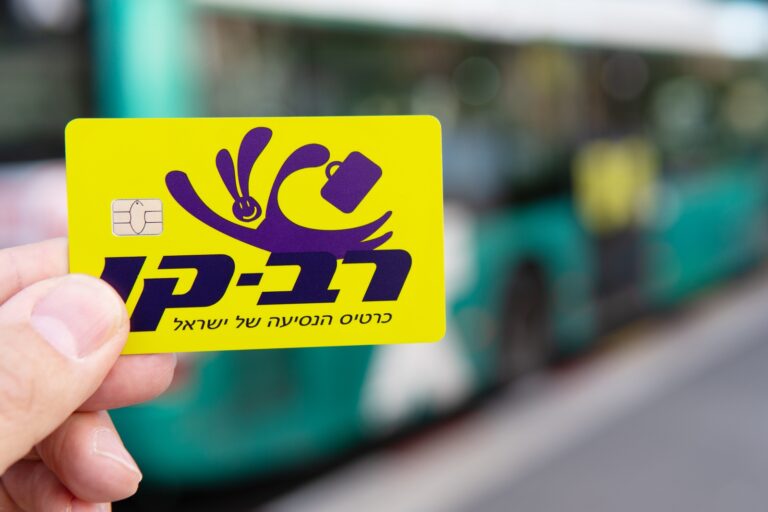
- Dankal is made up of two connected electric cars that can accommodate 450 passengers with a mixture of fixed and folding seats as well as standing areas with handholds.
- The cars are accessible for wheelchairs and strollers and are equipped with advanced LED lighting, a Wi-Fi network and information screens.
- All cars contain security cameras that constantly transmit to the driver’s cabin as well as to the train control center. In addition, passengers can communicate with the driver or the control center in an emergency, using a digital intercom system located in every car.
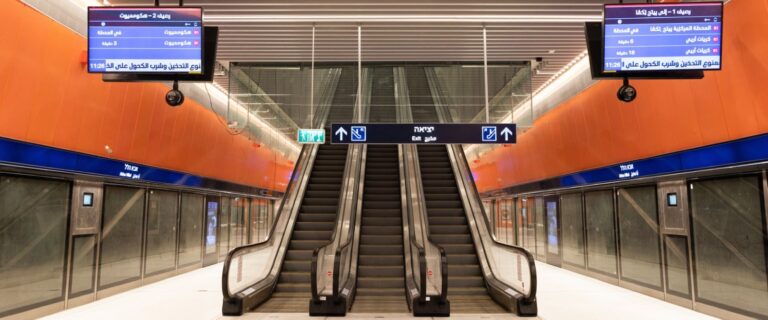
- Each car has eight electric engines fed by an overhead cable installed along the track. When the train brakes or travels downhill, it produces energy that is fed back into the system. This way, it’s able to produce about 15% of the energy it consumes.
- The braking system uses a substance that’s abundant in coastal Tel Aviv: sand. Every time the train brakes, sand from an embedded container is injected in front of the wheels to increase friction gradually.
- When traveling through tunnels, the speed of the Dankal Light Rail is determined automatically by remote control. When the train is moving above ground, it is coordinated with stop lights and has priority at junctions to make rides shorter.
- A consortium called The Tevel Group is responsible for the day-to-day operation of the Dankal Light Rail. Tevel is comprised of Israel’s Egged bus company and two Chinese companies.
Click here for ISRAEL21c’s primer on what to expect when traveling by bus or train in Israel.
Fighting for Israel's truth
We cover what makes life in Israel so special — it's people. A non-profit organization, ISRAEL21c's team of journalists are committed to telling stories that humanize Israelis and show their positive impact on our world. You can bring these stories to life by making a donation of $6/month.





